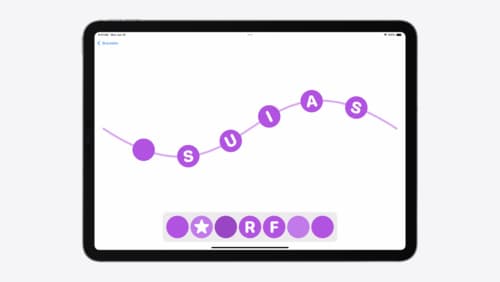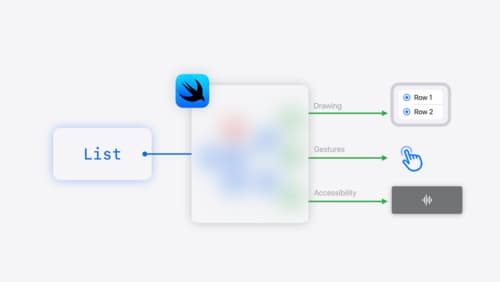what's the difference between swiftui and uikit
Asked on 2024-07-31
1 search
SwiftUI and UIKit are both frameworks used for building user interfaces on Apple platforms, but they have different approaches and features.
SwiftUI
- Declarative Syntax: SwiftUI uses a declarative syntax, meaning you describe what the UI should look like and the framework takes care of the rendering and updates. This allows you to focus on the "what" rather than the "how."
- Cross-Platform: SwiftUI is designed to work across all Apple devices, including iOS, macOS, watchOS, and tvOS. This makes it easier to share code across different platforms.
- Interoperability: SwiftUI can interoperate with UIKit and AppKit. You can use
UIViewRepresentableto wrap UIKit views and use them in SwiftUI, andUIHostingControllerto embed SwiftUI views in UIKit. - Advanced Features: SwiftUI comes with built-in support for features like dark mode, dynamic type, and accessibility. It also offers a wide range of modifiers and protocols for customization.
- Animations and Gestures: SwiftUI has a robust animation system that can now be used to animate UIKit views as well (Enhance your UI animations and transitions).
UIKit
- Imperative Syntax: UIKit uses an imperative approach, where you explicitly define the steps to create and update the UI. This gives you fine-grained control over the UI elements.
- Rich Capabilities: UIKit has been around for a long time and offers a wide range of capabilities and components that are well-suited for complex and highly customized UIs.
- Interoperability: UIKit can interoperate with SwiftUI, allowing you to incrementally adopt SwiftUI in existing UIKit-based apps. You can use
UIHostingControllerto embed SwiftUI views in UIKit and vice versa. - Animations and Gestures: UIKit has its own animation and gesture recognition systems, but with iOS 18, you can now use SwiftUI animations to animate UIKit views (What’s new in UIKit).
Summary
- SwiftUI: Best for new projects, cross-platform development, and when you want to write less code with a more modern, declarative syntax.
- UIKit: Best for existing projects, highly customized UIs, and when you need the rich capabilities and fine-grained control it offers.
For more details, you can check out the sessions:

Enhance your UI animations and transitions
Explore how to adopt the zoom transition in navigation and presentations to increase the sense of continuity in your app, and learn how to animate UIKit views with SwiftUI animations to make it easier to build animations that feel continuous.

SwiftUI essentials
Join us on a tour of SwiftUI, Apple’s declarative user interface framework. Learn essential concepts for building apps in SwiftUI, like views, state variables, and layout. Discover the breadth of APIs for building fully featured experiences and crafting unique custom components. Whether you’re brand new to SwiftUI or an experienced developer, you’ll learn how to take advantage of what SwiftUI has to offer when building great apps.

What’s new in UIKit
Explore everything new in UIKit, including tab and document launch experiences, transitions, and text and input changes. We’ll also discuss better-than-ever interoperability between UIKit and SwiftUI animations and gestures, as well as general improvements throughout UIKit.
